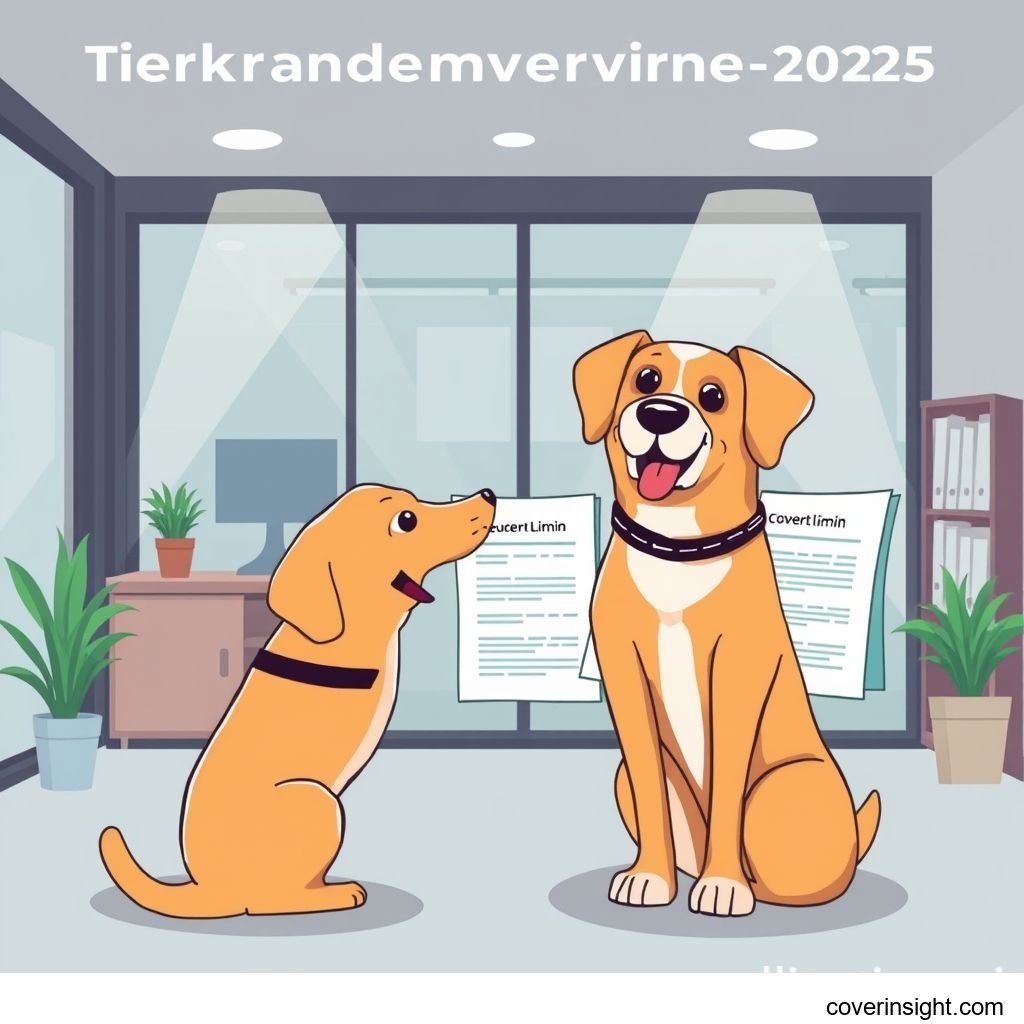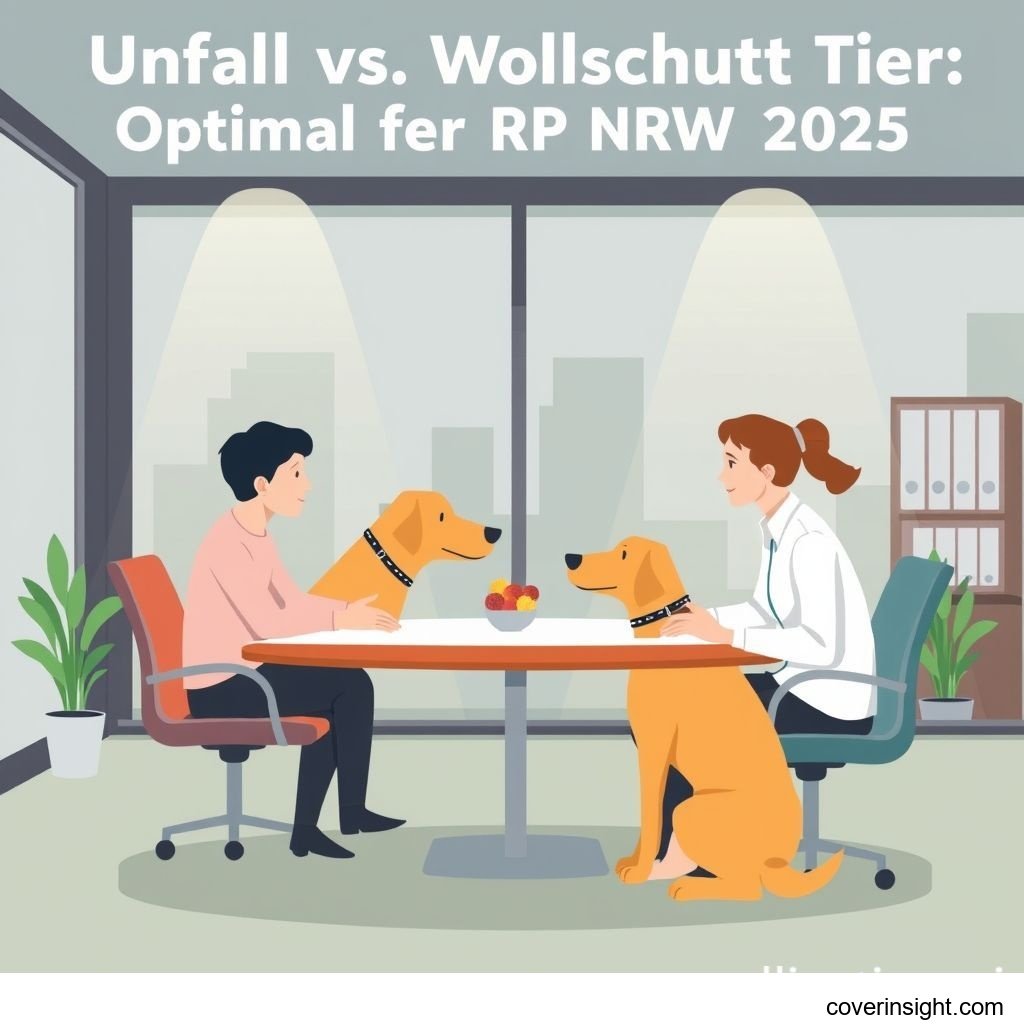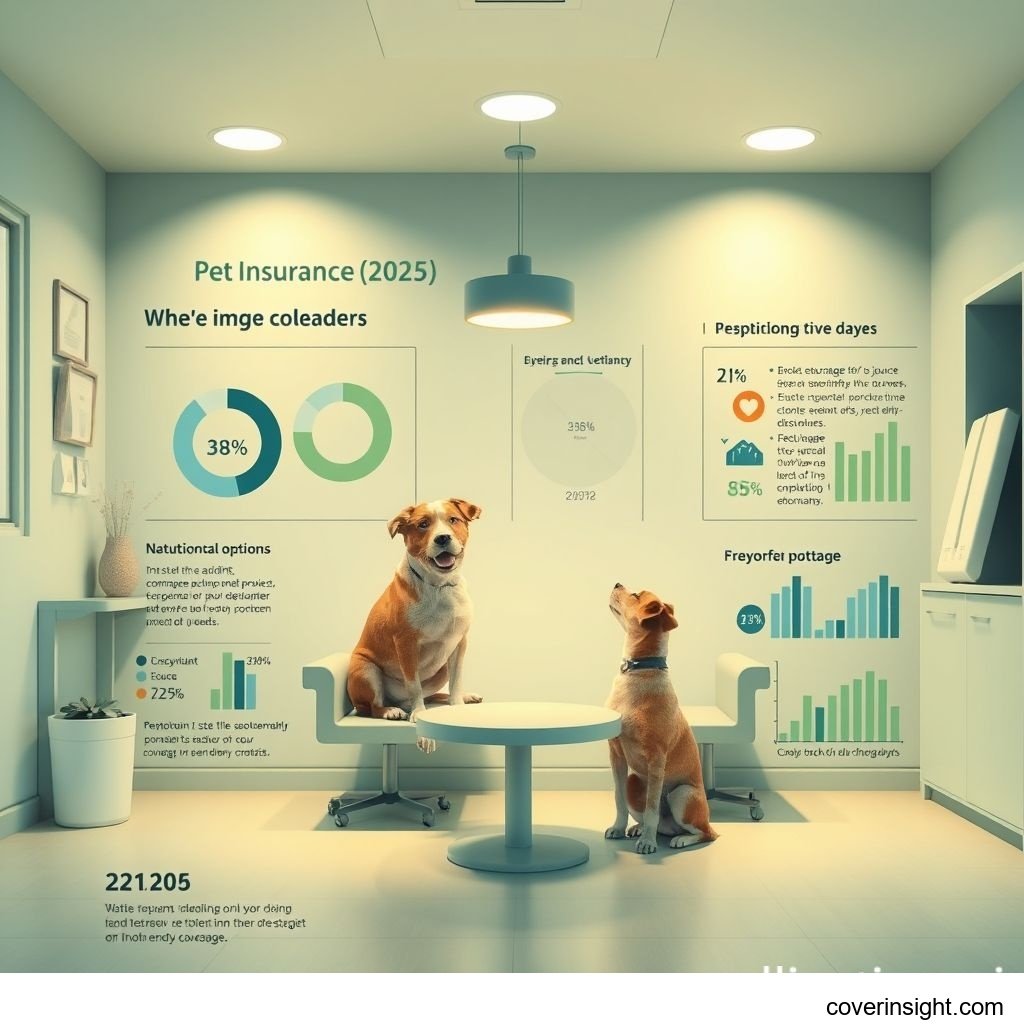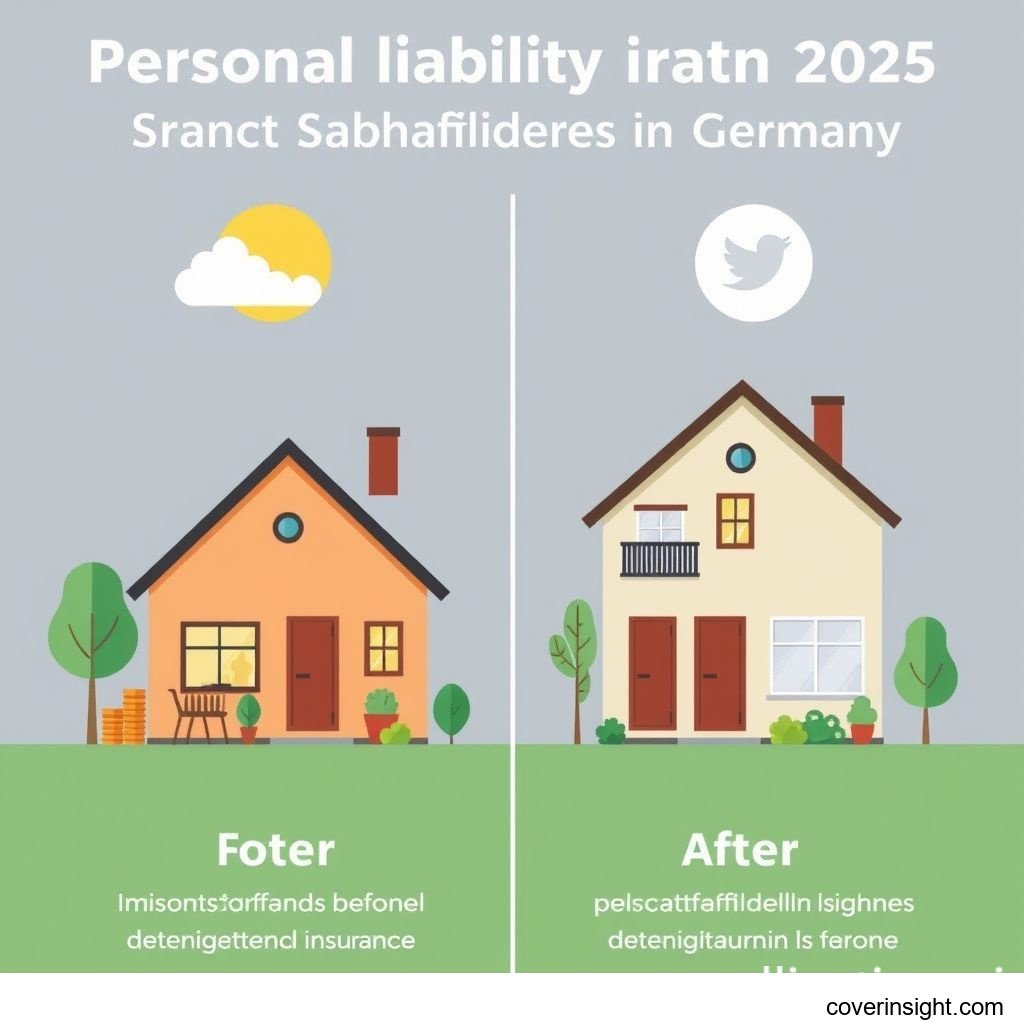Introduction
As we look towards 2025, the landscape of pet health insurance in Germany continues to evolve, making informed decisions crucial for pet owners. Navigating the choices between "Unfallschutz" (accident coverage) and "Vollschutz" (full coverage) for your beloved companion can feel like a labyrinth, especially in regions like North Rhine-Westphalia (NRW) and Rhineland-Palatinate (RLP), where pet ownership is deeply cherished. This guide aims to shed light on these two primary types of Tierkrankenversicherung, helping you understand their nuances, costs, and suitability for your specific needs, ensuring your pet receives the best possible care without undue financial strain.
Coverage Details
Choosing the right level of protection is paramount. Unfallschutz offers a basic safety net, while Vollschutz provides comprehensive peace of mind.
What’s Included
Unfallschutz typically covers veterinary costs arising directly from an accident. This might include emergency treatment for fractures, lacerations, or injuries sustained in a fall or traffic incident. Think of it as a crucial line of defense against unforeseen, sudden traumas. It's often a more budget-friendly option, providing essential financial relief when an unexpected accident occurs.
Vollschutz, on the other hand, is the gold standard of pet insurance. It goes far beyond accidents, encompassing a wide array of medical needs. This comprehensive package usually covers:
-
Illnesses: From common colds and infections to more serious conditions like diabetes or cancer.
-
Surgeries: Both accident-related and those necessitated by illness.
-
Diagnostic procedures: X-rays, MRI scans, lab tests, and specialist consultations.
-
Medication: Prescribed drugs for covered conditions.
-
Preventive care: Many Vollschutz plans include benefits for routine check-ups, vaccinations, parasite control, and dental prophylaxis, helping to keep your pet healthy proactively. This holistic approach means you're covered whether your dog, "Bello," living in Düsseldorf, suddenly needs an emergency operation after a tumble, or your cat, "Mietz," in Trier, develops a chronic kidney condition.
Common Exclusions
While robust, no insurance covers absolutely everything. Both Unfallschutz and Vollschutz plans generally exclude:
-
Pre-existing conditions: Illnesses or injuries that your pet had before the policy began.
-
Cosmetic procedures: Treatments not medically necessary.
-
Breeding-related costs: Expenses associated with pregnancy, birth, or fertility treatments.
-
Specific breed exclusions: Some breeds with known genetic predispositions to certain conditions might have limitations.
-
Certain behavioral treatments: Unless linked to a specific underlying medical condition.
Crucially, Unfallschutz will not cover any costs related to illnesses, chronic conditions, or age-related ailments. If your pet develops arthritis, a heart condition, or cancer, Unfallschutz provides no financial relief, which is where Vollschutz truly shines. It's vital to "auf Herz und Nieren prüfen" (check thoroughly) the policy details before committing.
Cost Analysis
Understanding the factors that influence premiums is key to making an informed decision about your Tierkrankenversicherung.
Price Factors
The cost of pet insurance in NRW and RLP, much like the rest of Germany, isn't a fixed price tag; it's influenced by several variables:
-
Animal Species & Breed: Larger dogs or breeds prone to specific health issues (e.g., German Shepherds with hip dysplasia, Bulldogs with breathing problems) generally have higher premiums. Cats are typically less expensive to insure than dogs.
-
Age: Younger pets are cheaper to insure, as they are less likely to have pre-existing conditions or age-related illnesses. Premiums often increase with age.
-
Health Status: A pet with a clean bill of health will be more affordable to insure than one with a history of medical issues.
-
Scope of Coverage: Vollschutz is inherently more expensive than Unfallschutz due to its broader benefits.
-
Deductible (Selbstbeteiligung) & Reimbursement Rate: Choosing a higher deductible (the amount you pay out-of-pocket before insurance kicks in) can lower your premium. Similarly, if the insurer only covers, say, 80% of costs, the premium might be lower than a 100% reimbursement plan.
-
Region: While less impactful than other factors, the average cost of veterinary care can vary slightly by region. For instance, according to data from the German Veterinary Association (BTK), vet fees across Germany have seen increases, directly affecting insurance payout potential and thus premiums. While not distinct data for NRW/RLP specifically on insurance, pet ownership is significant; the German Pet Food Association (IVH) indicates that well over half of German households own a pet, with a substantial portion in populous states like NRW, implying a high demand for vet services and insurance.
Saving Tips
Even with rising costs, there are ways to make pet insurance more affordable:
-
Choose a Higher Deductible: If you're comfortable covering a small portion of costs yourself, a higher deductible can significantly reduce your monthly premium.
-
Pay Annually: Many insurers offer a discount if you pay your premium once a year instead of monthly or quarterly.
-
Early Enrollment: Insuring your pet when they are young and healthy will secure lower premiums and avoid exclusions for pre-existing conditions later on.
-
Compare Providers: Don't settle for the first offer. Use online comparison portals or consult an independent broker to compare policies from different providers. Look for "Insurance Resources Global" or "DE Insurance Home" for comprehensive comparison tools.
-
Look for Multi-Pet Discounts: If you have more than one pet, some insurers offer discounts for bundling policies.
FAQs
Here are some common questions pet owners often ask regarding Tierkrankenversicherung:
How much does Unfall vs Vollschutz cost?
Generally, Unfallschutz can range from €5 to €20 per month, depending heavily on the pet's species, breed, and age. Vollschutz is significantly more, typically starting from €20-€30 per month for cats and €30-€80+ per month for dogs, with higher figures for large breeds or comprehensive plans covering more preventive care. A concrete example: "Luna," a healthy Labrador puppy in Cologne, might cost around €45/month for Vollschutz, while "Max," a senior BKH cat in Koblenz, could be €30/month for accident-only coverage. These are rough estimates; actual costs require a personalized quote.
What affects premiums?
As detailed in the "Price Factors" section, premiums are primarily affected by your pet's species, breed, age, current health status, the chosen scope of coverage (Unfall vs. Vollschutz), and the deductible amount. Geographical location within Germany (like NRW or RLP) can have a minor influence due to regional differences in vet costs.
Is it mandatory?
No, pet health insurance is not mandatory in Germany, unlike liability insurance for some dog breeds in certain federal states. However, given the potentially high costs of veterinary treatment, especially for emergencies or chronic illnesses, it is highly recommended by experts and organizations like the "GDV - German Insurance Association" (Gesamtverband der Deutschen Versicherungswirtschaft).
How to choose?
Choosing between Unfallschutz and Vollschutz depends on your personal financial situation, your pet's individual needs, and your risk tolerance.
-
Choose Unfallschutz if: You have a very limited budget, your pet is generally young and healthy, and you can cover routine costs and minor illnesses out-of-pocket, but want protection against catastrophic accident-related bills.
-
Choose Vollschutz if: You want comprehensive peace of mind, prefer predictable monthly costs over potentially massive unexpected vet bills, and value preventive care benefits. It's often the best choice for older pets or those with breed-specific health predispositions. It takes a lot of "ein Stein vom Herzen fallen" (a weight off one's mind) when a large bill comes in and you know it's covered.
Consequences of no coverage?
Without coverage, you are solely responsible for all veterinary costs. A single emergency surgery can quickly run into thousands of euros (e.g., a complex fracture repair or removal of an ingested foreign object could easily exceed €2,000-€4,000, especially outside regular hours). For owners in states like NRW or RLP, where the costs of living and services can be high, such bills can lead to difficult financial decisions, potentially even impacting your ability to provide your pet with necessary life-saving treatment. The "BaFin - Federal Financial Supervisory Authority" advises consumers to be fully aware of financial risks.
Author Insight & Experience: Based on my experience living in Germany and discussing pet care with fellow owners, the debate between accident-only and full coverage is a common one. It's easy to dismiss insurance when your pet is young and spry. However, I've seen firsthand how quickly circumstances can change. A friend's seemingly healthy Border Collie in rural RLP suddenly developed a serious autoimmune disease, leading to monthly vet visits and expensive medication. Without their Vollschutz, they would have faced financial ruin or, heartbreakingly, difficult choices about their beloved dog's future. Investing in comprehensive coverage, if your budget allows, isn't just about protecting your wallet; it’s about ensuring your pet receives the best possible care, no matter what curveball life throws. It truly helps to "Den Nagel auf den Kopf treffen" (hit the nail on the head) with your insurance choice early on.








Comments